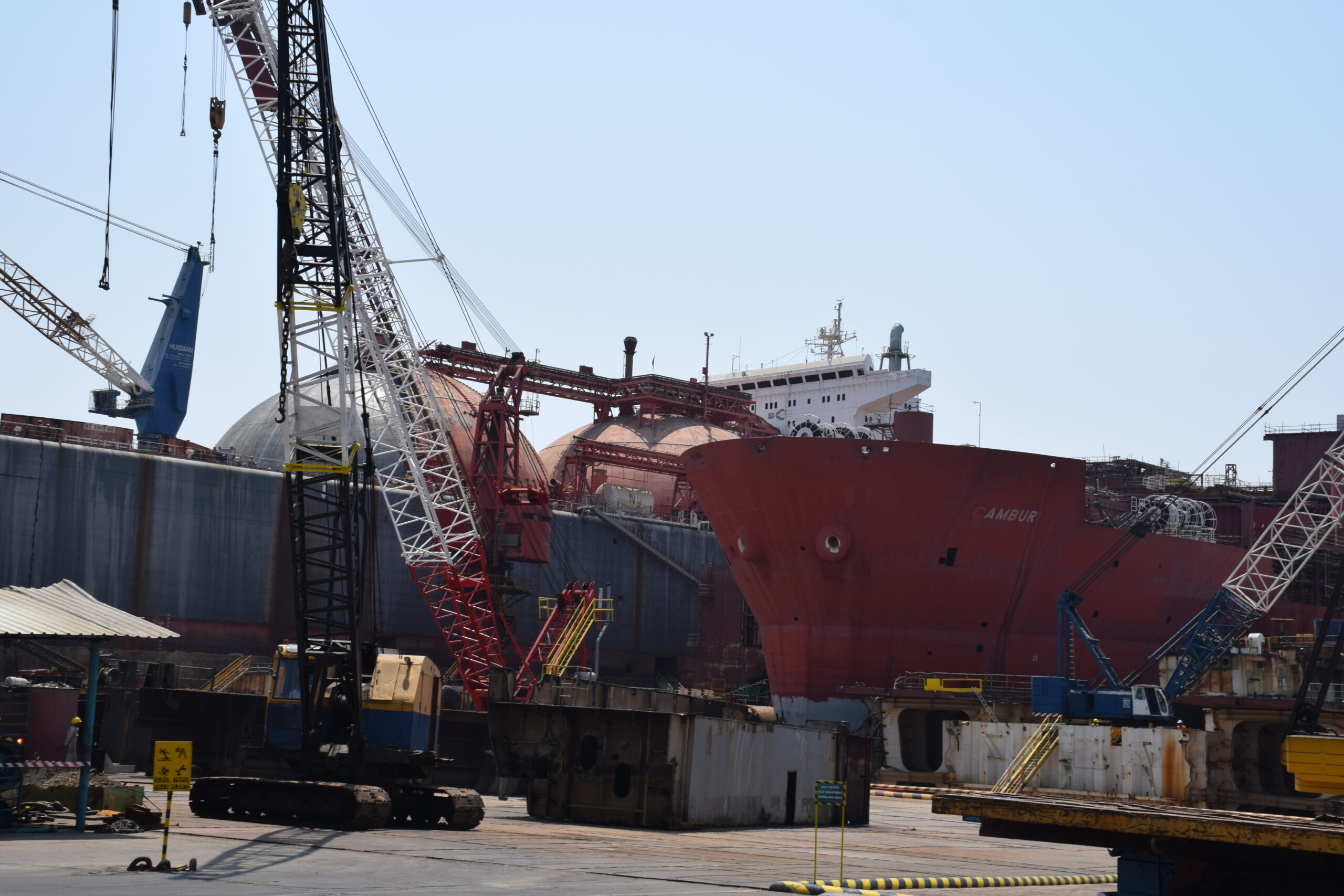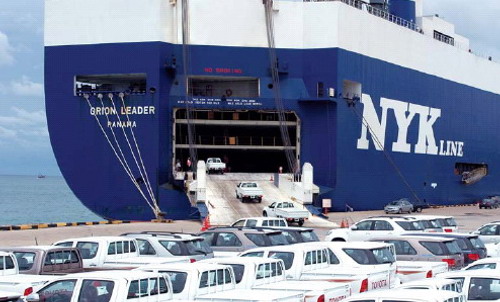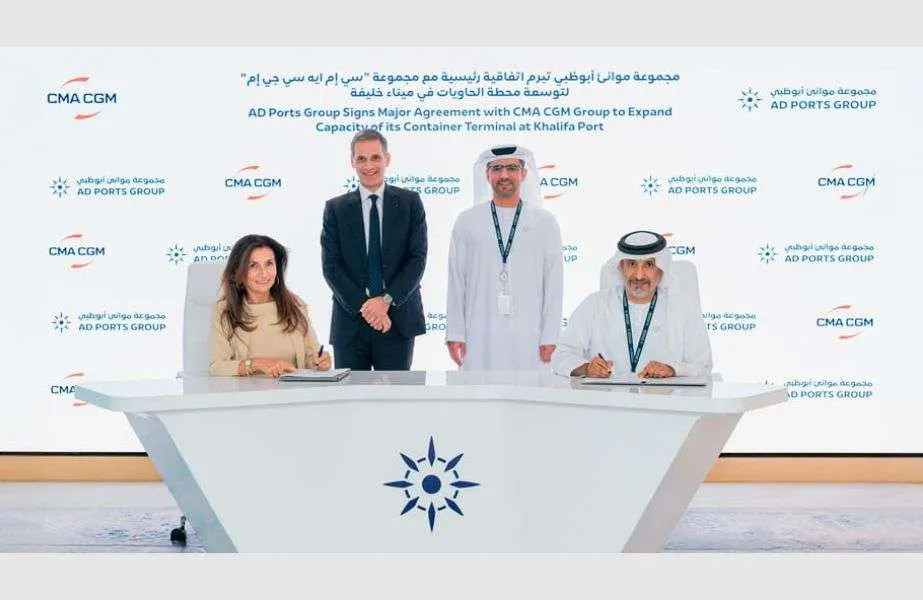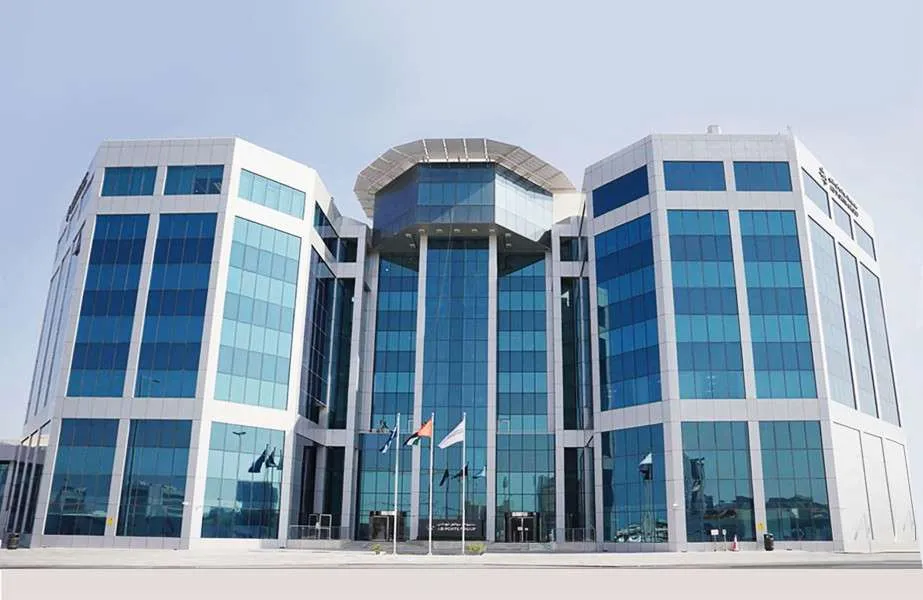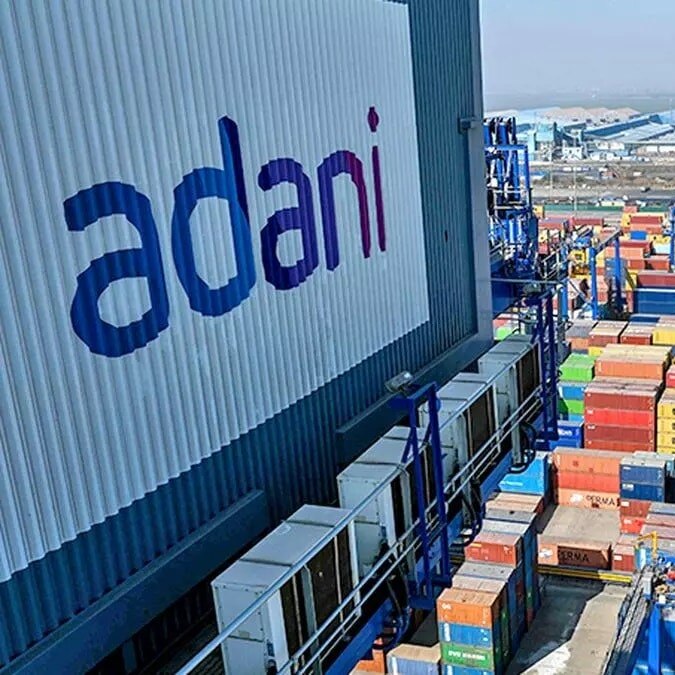Andhra Pradesh’s Maritime Ambitions Take Shape: Centre Approves Rs. 3000 Crore Ship Breaking Unit in Dugarajapatnam
Date: May 14, 2025

TIRUPATI, ANDHRA PRADESH — The Andhra Pradesh government’s sustained efforts to transform the state into a maritime powerhouse have taken a significant leap forward. In a major boost to its port-led development vision, the central government has greenlit a proposal to establish a world-class ship breaking and recycling unit at Dugarajapatnam in the Tirupati district. This project, estimated to cost around Rs. 3,000 crore, is set to redefine the maritime landscape on India’s east coast and relieve a long-standing regional gap in ship repair and maintenance facilities.
The announcement was confirmed by senior state officials who revealed that Union Minister of Ports, Shipping and Waterways Sarbananda Sonowal will visit Andhra Pradesh on Tuesday to discuss the project’s implementation. Accompanied by a high-level delegation, Minister Sonowal is expected to hold detailed deliberations with Chief Minister N. Chandrababu Naidu and other top officials of the state government.
This landmark initiative, a result of persistent lobbying by the Andhra Pradesh government for over a year, underscores the state’s growing importance in the national maritime strategy. The state government’s proposal included detailed plans for ship recycling and repair infrastructure, backed by a feasibility study and strategic environmental assessment. With the Centre’s nod now in place, Andhra Pradesh is poised to emerge as a major hub for ship recycling and maritime services in South Asia.
Bridging a Maritime Gap
Despite having a vast 974-kilometer coastline—the second-longest in India—Andhra Pradesh has lacked dedicated infrastructure for ship repair, maintenance, or recycling. Currently, shipping companies operating along the eastern seaboard are compelled to rely on facilities in Gujarat (particularly Alang, the world’s largest ship breaking yard), Mumbai, and Cochin for such services. This not only adds operational costs and turnaround time but also hampers the state’s potential to become a maritime logistics hub.
Every year, approximately 300 ships arrive in India for recycling. Most of these are processed in Gujarat, highlighting the glaring asymmetry between the east and west coasts in terms of maritime infrastructure. By establishing a facility at Dugarajapatnam, Andhra Pradesh hopes to tap into this underutilized opportunity, especially given the strategic advantage of its geographic location and access to international shipping lanes.
Why Dugarajapatnam?
Dugarajapatnam, nestled between the port towns of Krishnapatnam and Chennai, has long been considered a strategic location for maritime infrastructure. It had earlier been identified under the Andhra Pradesh Reorganisation Act of 2014 for the development of a new port. However, with shifting trade dynamics and the emergence of several new ports in the region, the state government reassessed the necessity for another cargo port in the area.
Instead, the state proposed a ship breaking and recycling facility as a more viable alternative, aligned with both ecological considerations and economic potential. According to the feasibility report prepared by the Visakhapatnam Port Authority, the location poses minimal environmental risks. The report clearly states that operations at Dugarajapatnam will not interfere with nearby sensitive ecosystems, including the Pulicat Lake and the Sriharikota spaceport.
This site also benefits from historical usage. Maritime activity in the region has been recorded in the past, making it easier to revive operations without extensive environmental modifications. Accessibility to deep-sea anchorage, proximity to existing and emerging ports, and transport connectivity further enhance its viability.
Strategic Port Infrastructure
The Dugarajapatnam ship breaking unit will not operate in isolation. It is part of a larger maritime vision being spearheaded by the state government under its “Port-led Development Strategy.” Andhra Pradesh is home to the Visakhapatnam Major Port and five operational non-major ports: Gangavaram, Krishnapatnam, Kakinada, Ravva, and Muthayapalem. The government is also aggressively pushing the development of greenfield ports at Ramayapatnam, Machilipatnam, Moolapet, and Kakinada SEZ.
These ports are expected to work in synergy with the ship recycling unit to establish Andhra Pradesh as a self-sufficient maritime ecosystem. Beyond the physical infrastructure, the state is also investing in associated facilities like inland container depots (ICDs), dry ports, and logistics parks to improve hinterland connectivity and cargo throughput.
According to official data, Visakhapatnam port alone handles 117.62 million tons of cargo annually. With the addition of new ports and the proposed ship recycling unit, the state aims to capture 25% of the total cargo traffic handled by Indian ports within the next two decades. This would significantly boost the state’s economy and create thousands of jobs, both direct and indirect.
Economic and Environmental Impact
The Rs. 3,000 crore investment in Dugarajapatnam is expected to provide a substantial economic stimulus to the southern districts of Andhra Pradesh. The ship recycling unit is projected to generate more than 10,000 direct and indirect jobs in its initial phase, with ancillary industries such as steel re-rolling mills, scrap trading, logistics, and ship component manufacturing likely to flourish in the region.
From an environmental standpoint, ship recycling is often fraught with controversy due to concerns over hazardous waste, worker safety, and coastal degradation. However, officials have assured that the Dugarajapatnam facility will adhere to global environmental standards and best practices. The unit is being designed to comply with the Hong Kong International Convention for the Safe and Environmentally Sound Recycling of Ships, which mandates stringent safeguards for labor welfare and environmental protection.
The feasibility report also emphasizes the unit’s low-impact nature, noting that its construction and operations would not disrupt the eco-sensitive Pulicat Lake or the scientific activities at ISRO’s Sriharikota launch center. To further mitigate risks, a comprehensive Environmental Management Plan (EMP) is expected to be developed before full-scale operations commence.
Political and Policy Backing
The approval of the ship breaking unit aligns with the central government’s Sagarmala initiative, which seeks to modernize India’s ports and integrate them into global maritime supply chains. Minister Sarbananda Sonowal’s visit signifies the Centre’s commitment to fast-tracking strategic infrastructure in Andhra Pradesh, a state that has been a strong contender in the maritime development race.
Chief Minister N. Chandrababu Naidu, known for his emphasis on infrastructure and technology-driven governance, has personally overseen the project proposal since returning to power. Under his leadership, the state has rekindled its focus on the blue economy, with a roadmap that includes not only port development but also fisheries, coastal tourism, and maritime education.
A senior official from the Andhra Pradesh Maritime Board stated:
“This project is a crucial step in ensuring that the east coast is no longer seen as the passive end of India’s maritime trade. With Dugarajapatnam, we aim to decentralize maritime activity from Gujarat and Maharashtra and create an equitable ecosystem.”
Next Steps
The Tuesday meeting between the Centre and the Andhra Pradesh government will finalize timelines, funding mechanisms, and the project’s implementation strategy. Preliminary work, such as land acquisition, environmental clearance, and project tenders, is expected to commence soon after.
If all goes according to plan, construction could begin by early 2026, with partial operations starting by late 2027. The project will likely be implemented through a Public-Private Partnership (PPP) model, with global ship recycling companies and Indian industrial houses already showing keen interest.
As India eyes a leadership role in the global blue economy, the Dugarajapatnam project represents more than just a regional win—it signals a strategic shift in the nation’s maritime priorities. For Andhra Pradesh, it is a bold step toward economic resurgence, industrial self-reliance, and sustainable coastal development.
Author: shipping inbox
shipping and maritime related web portal




